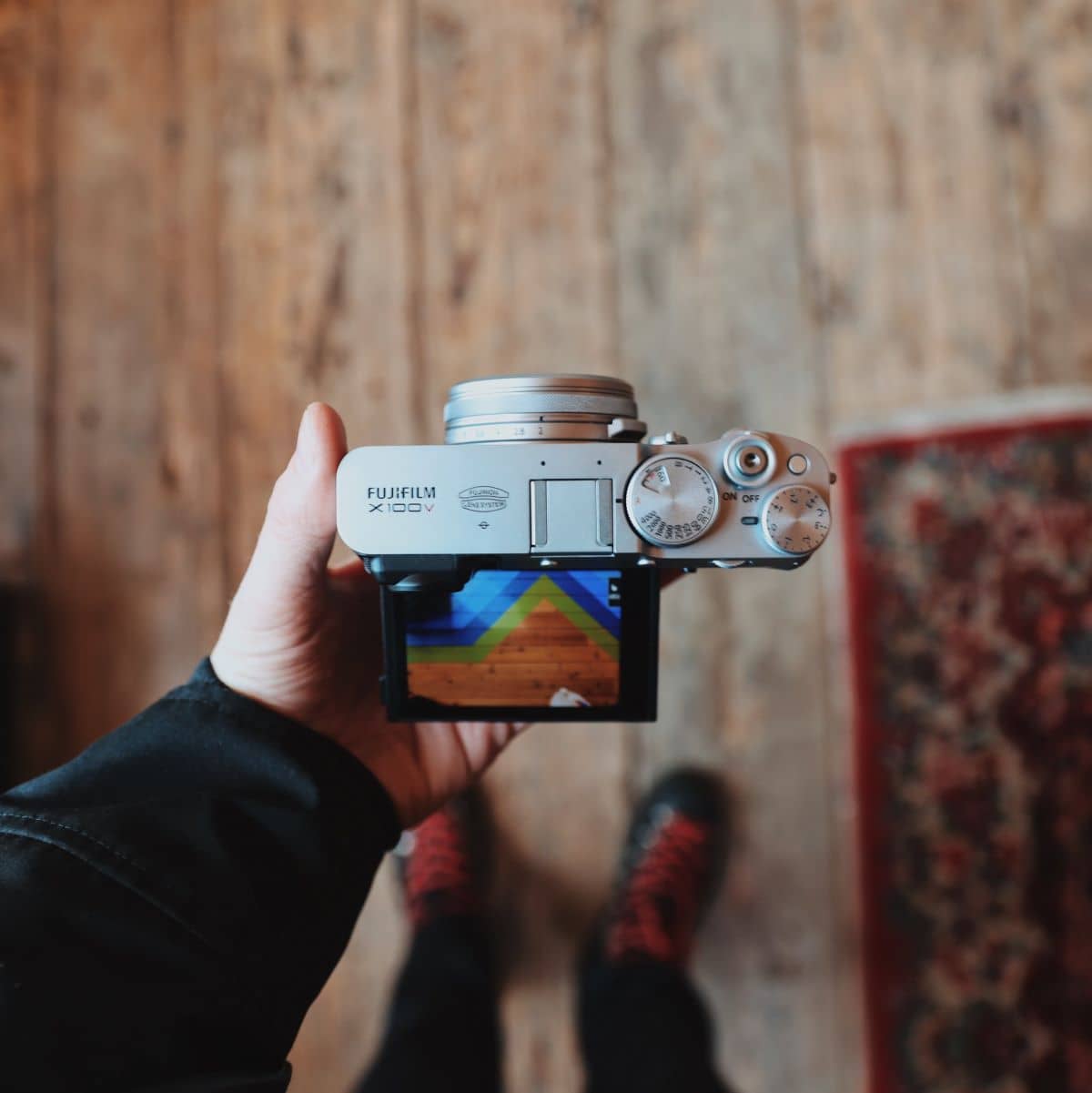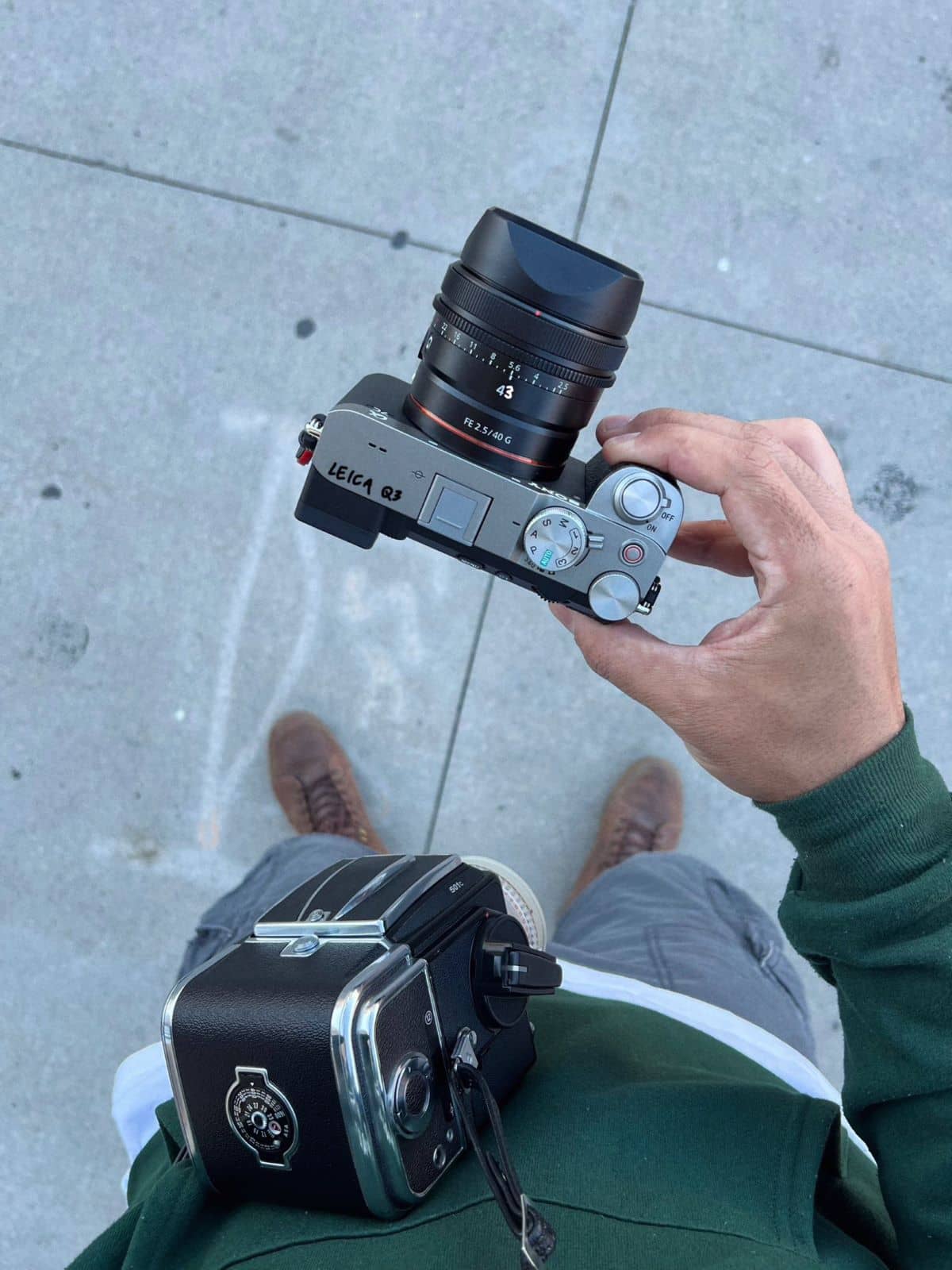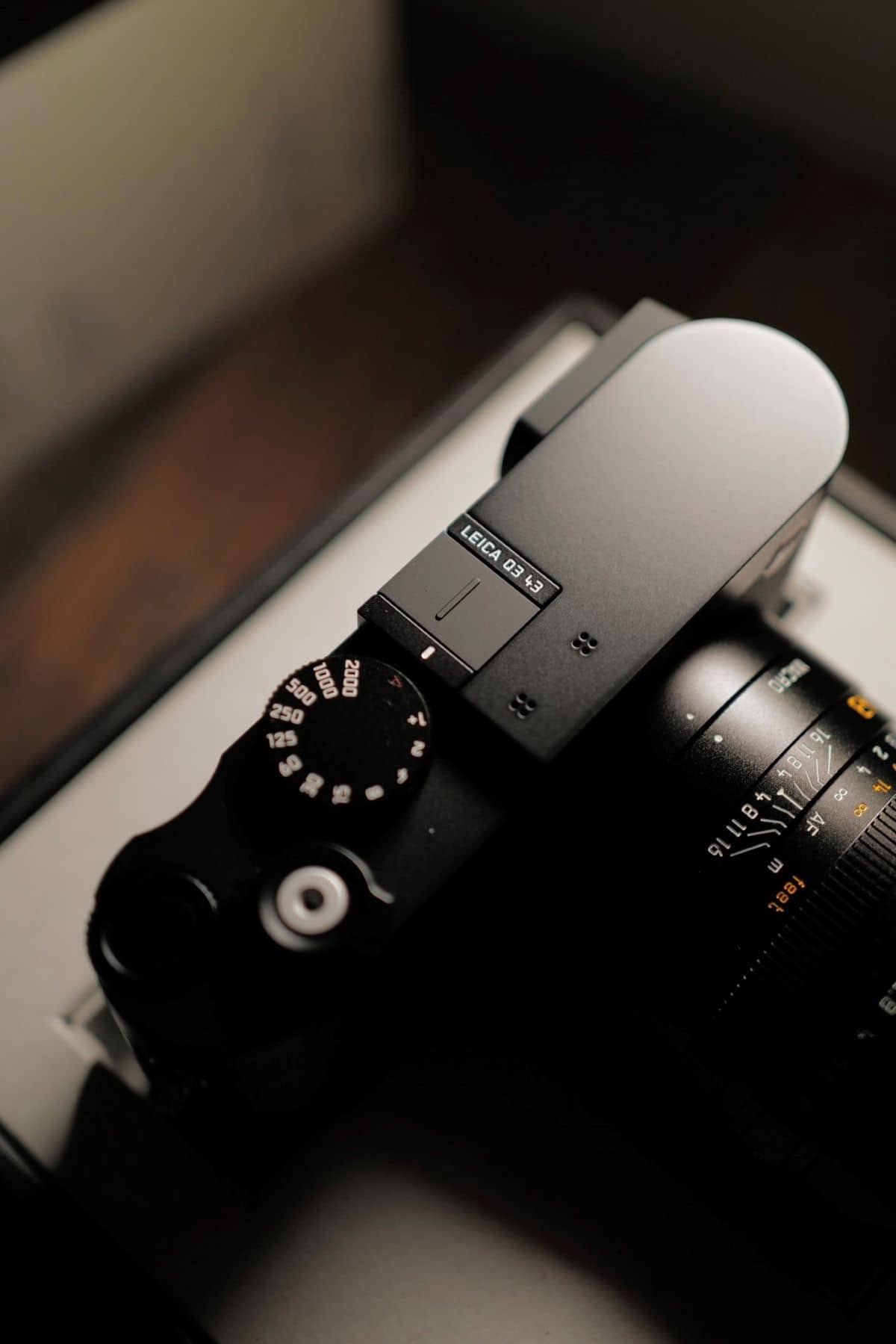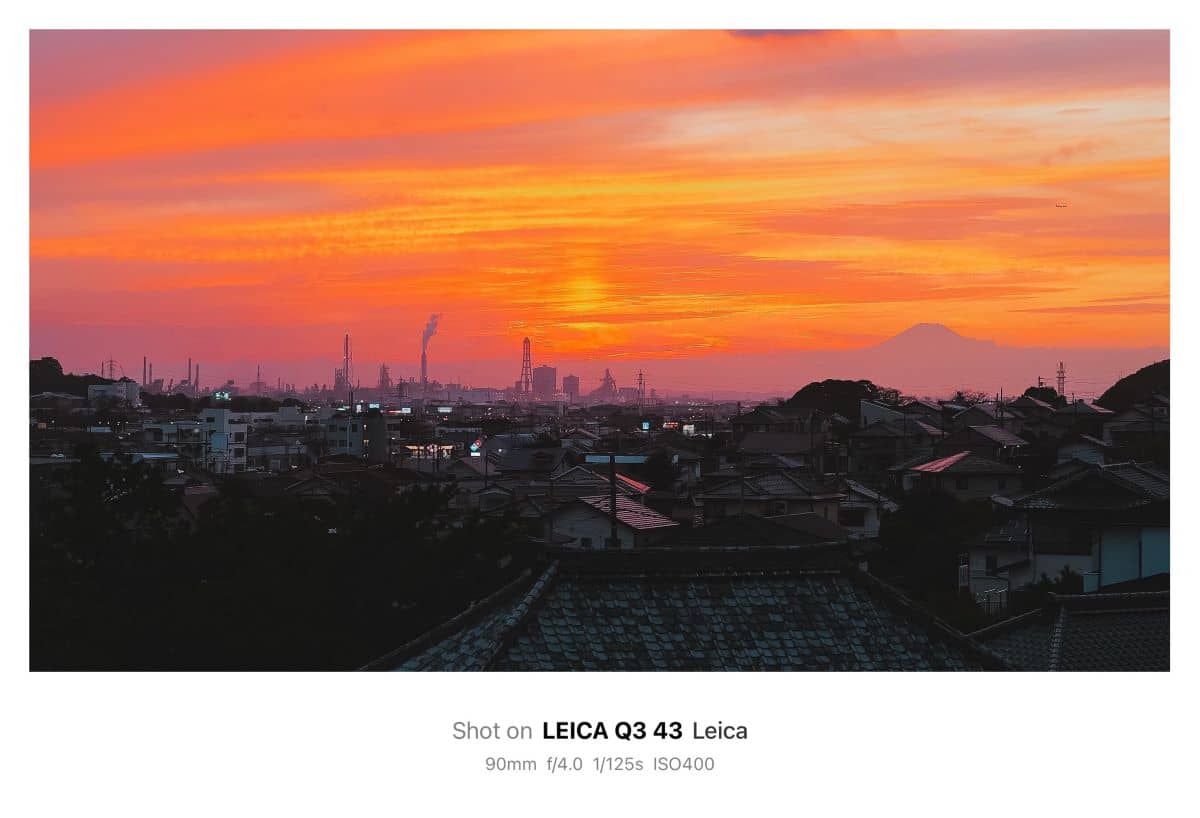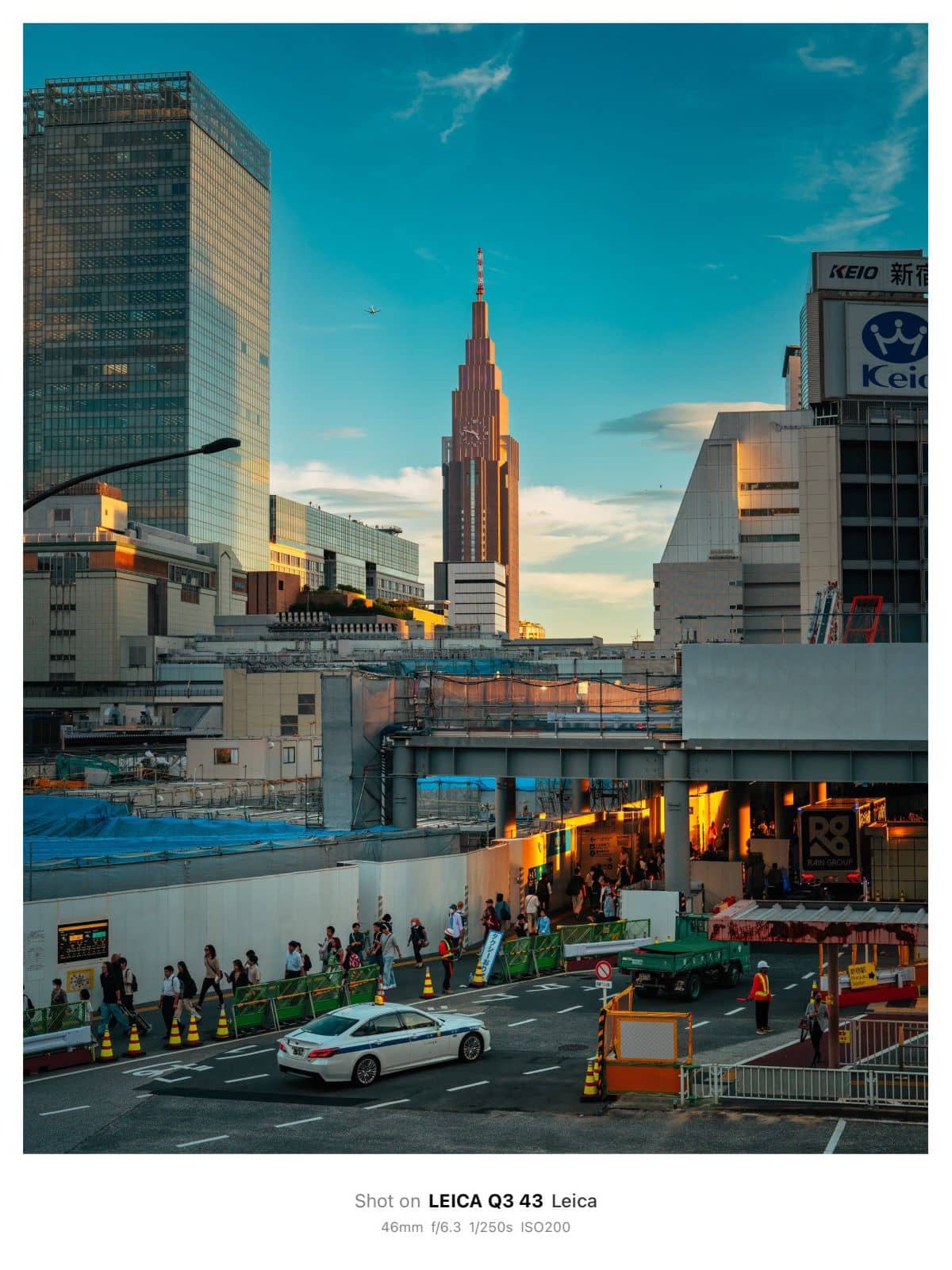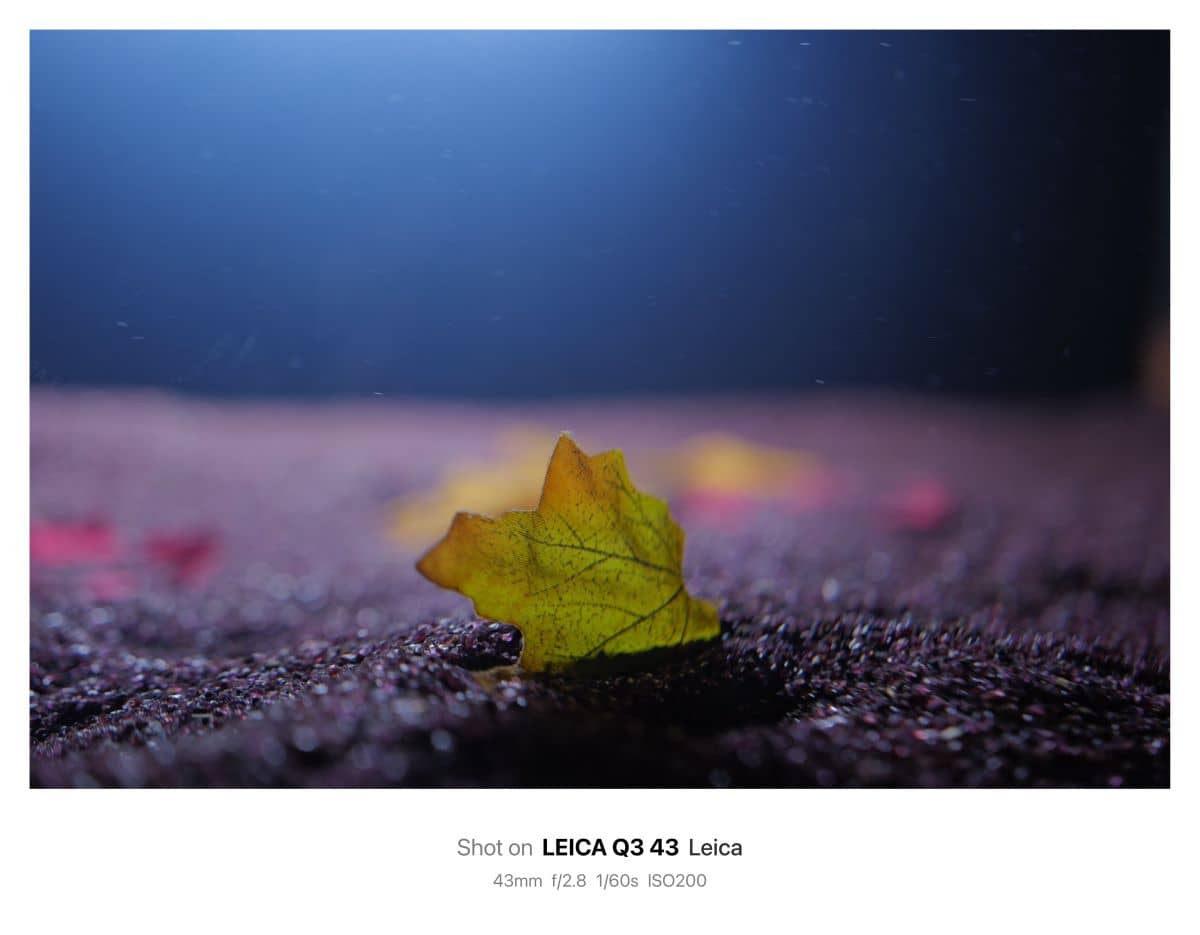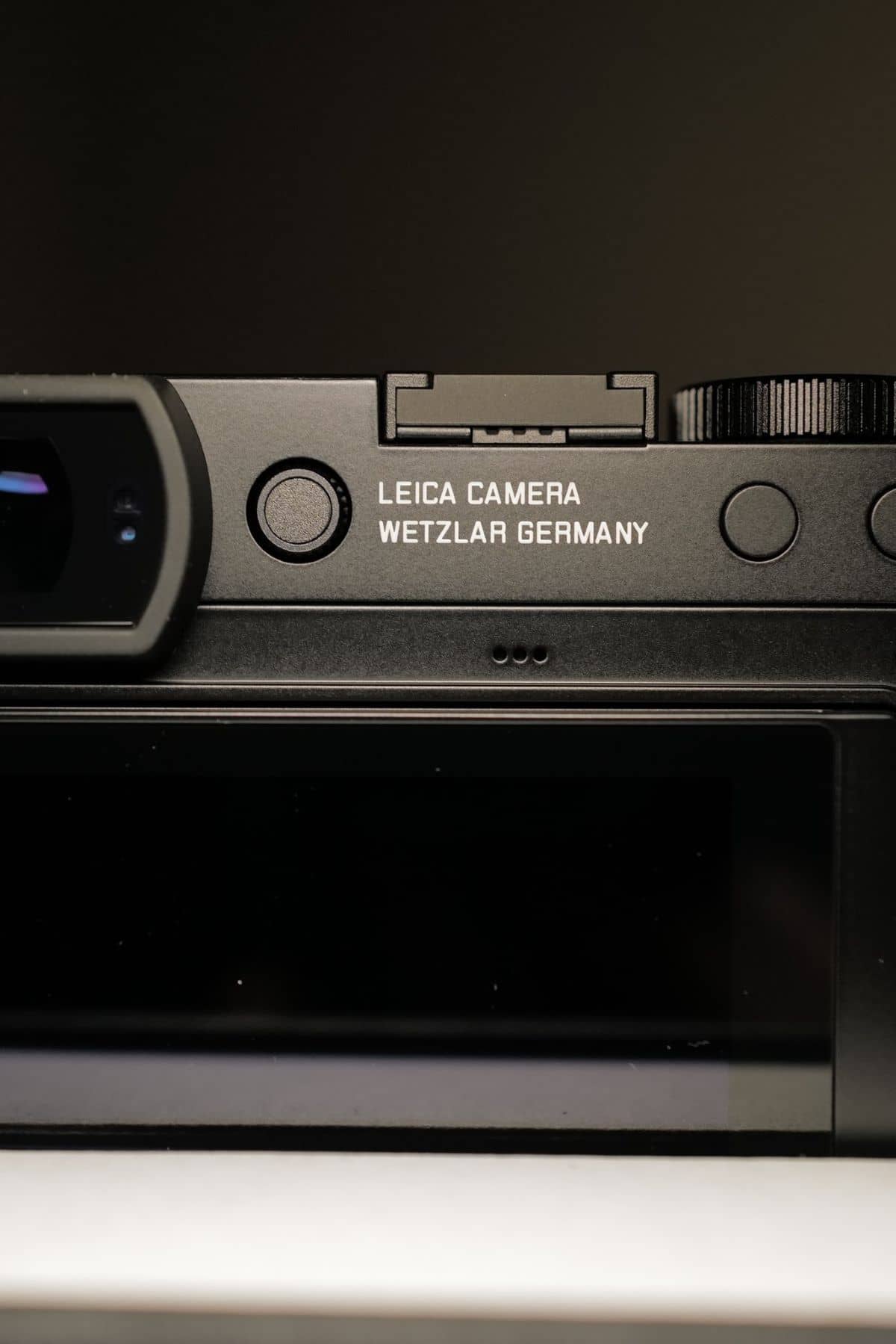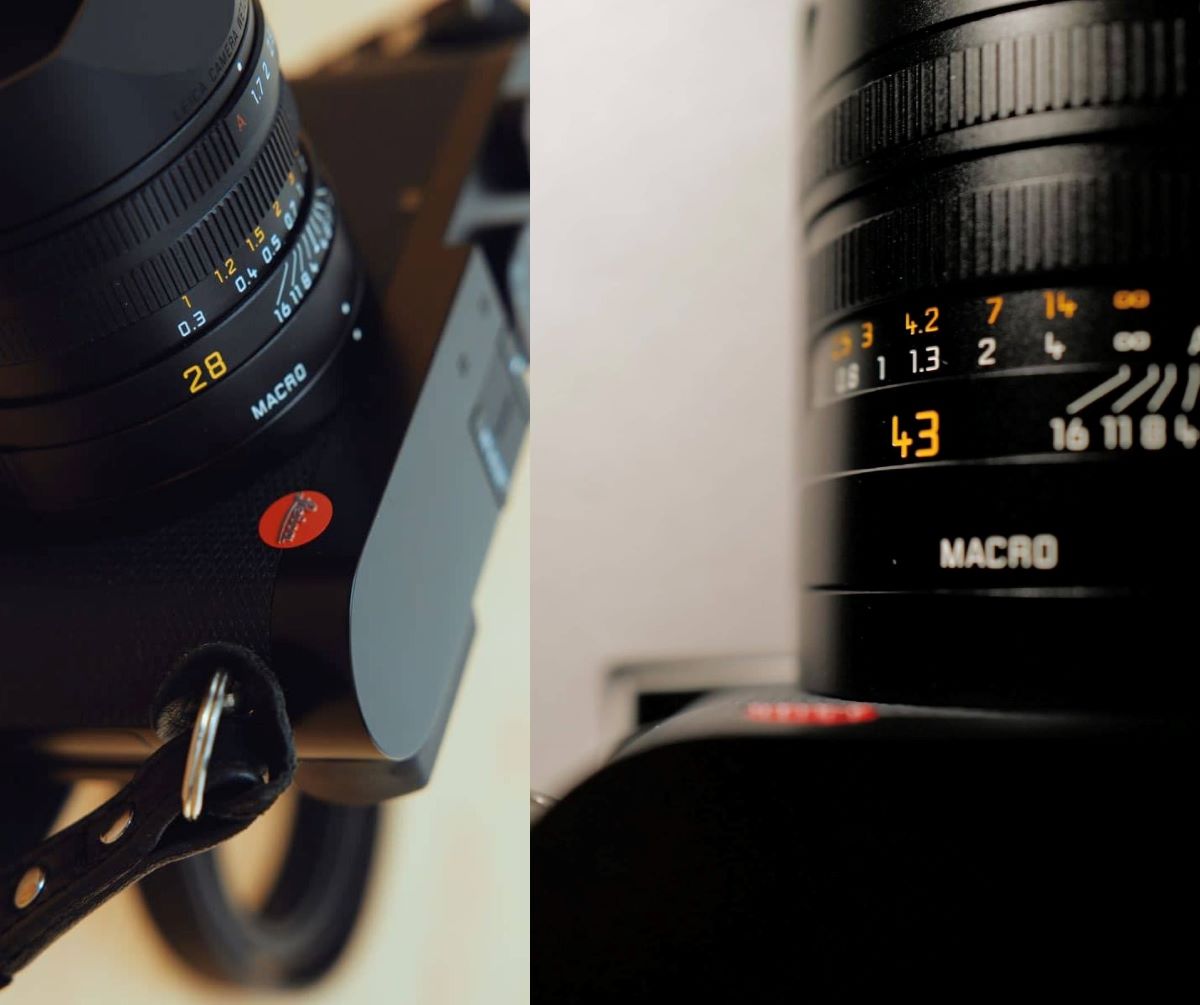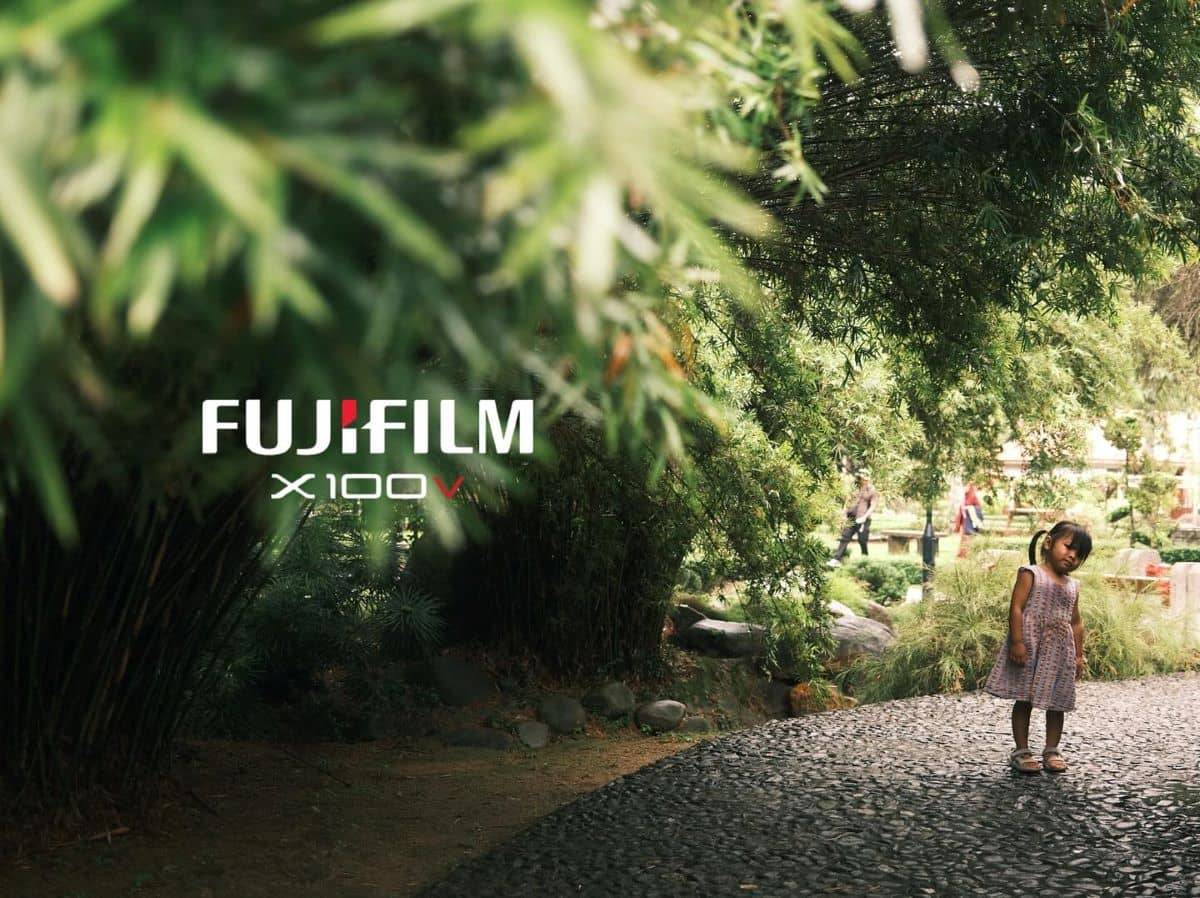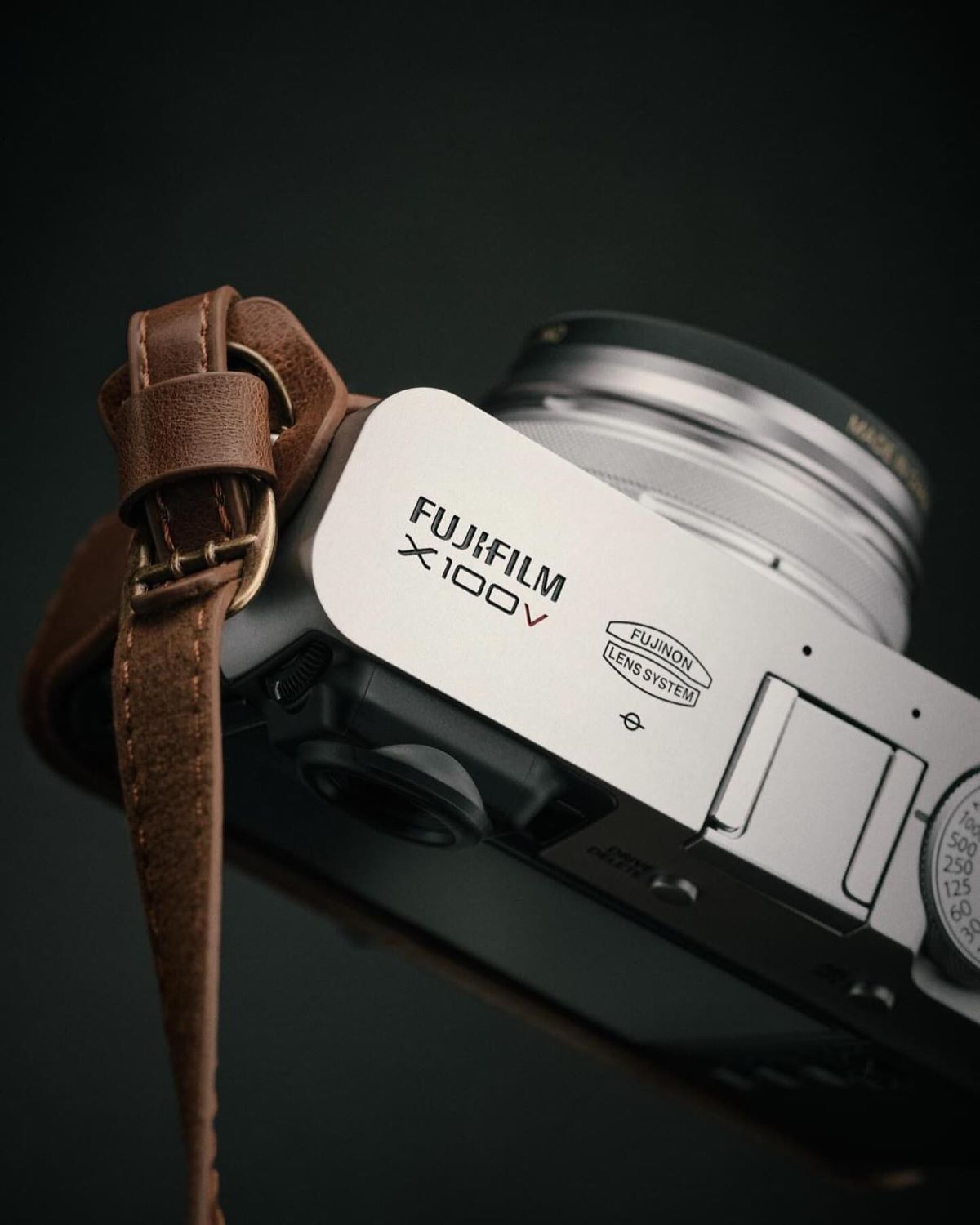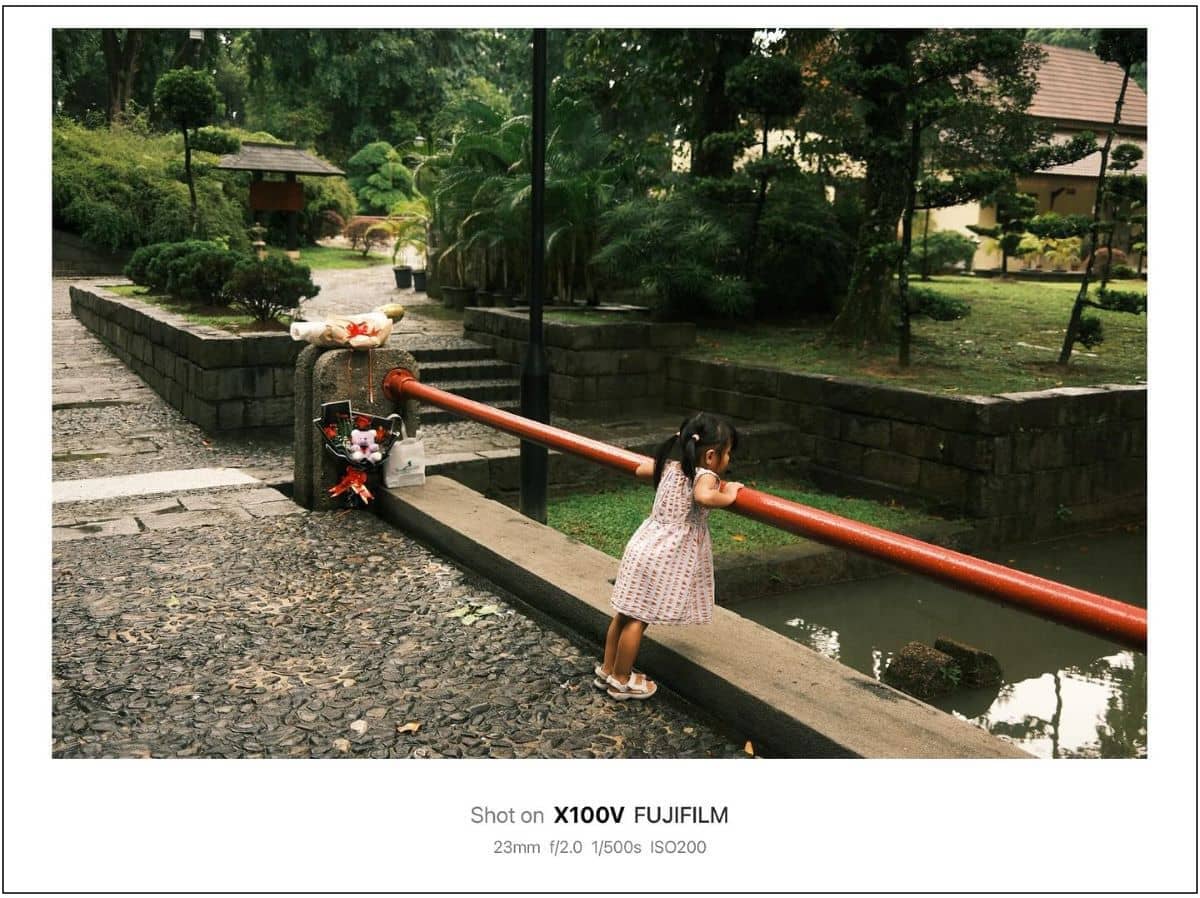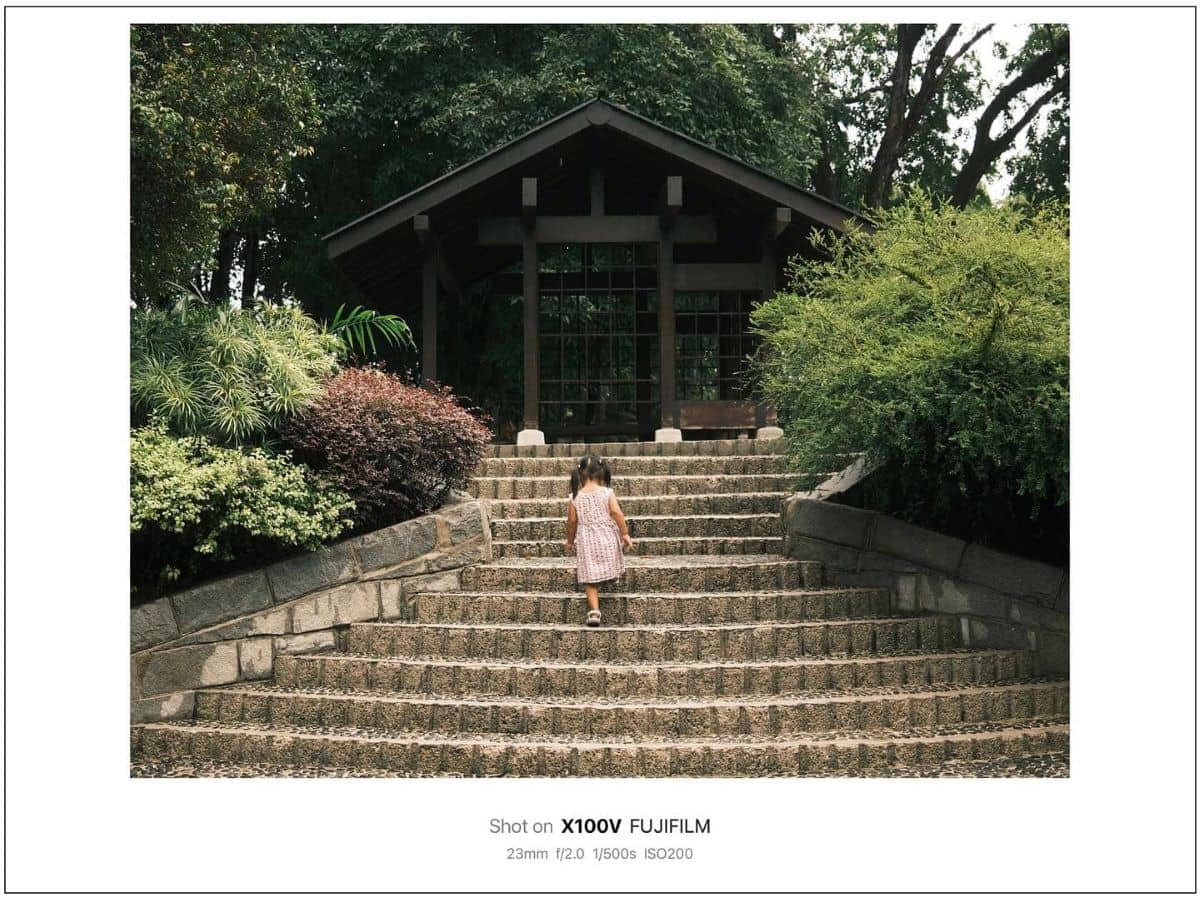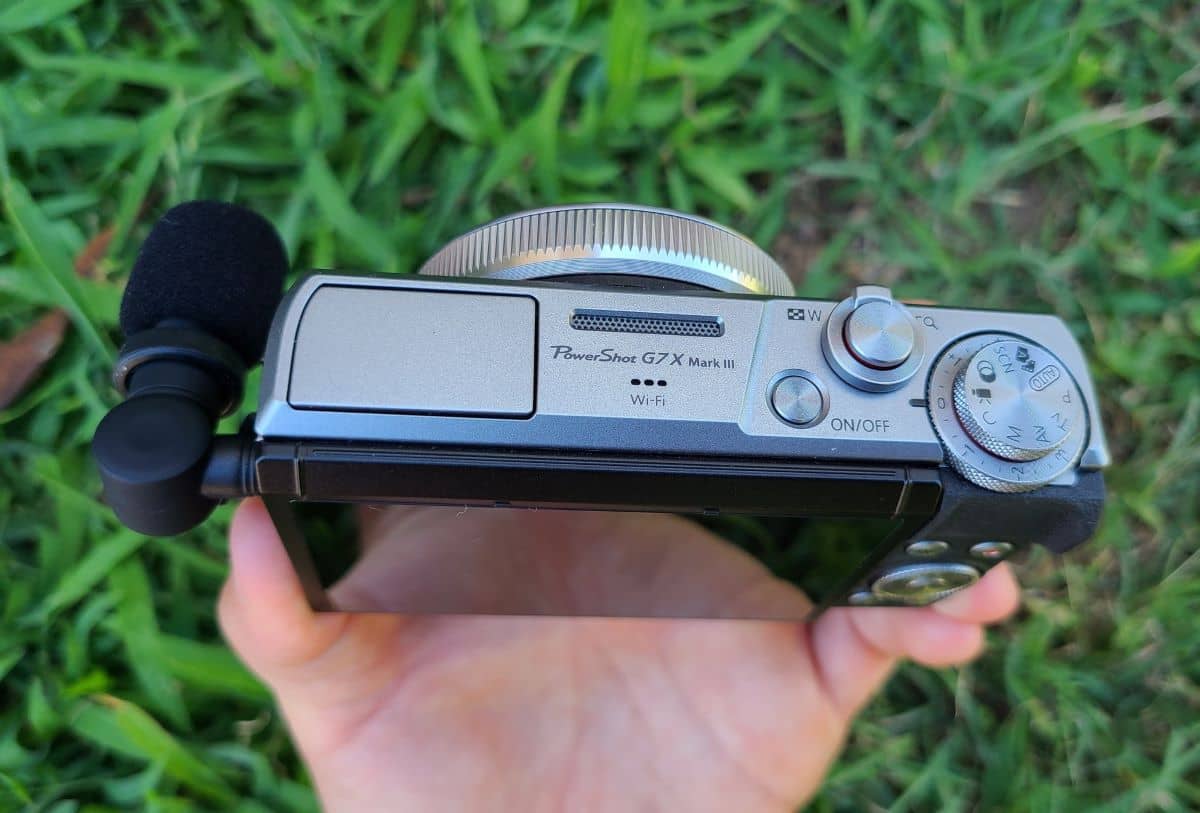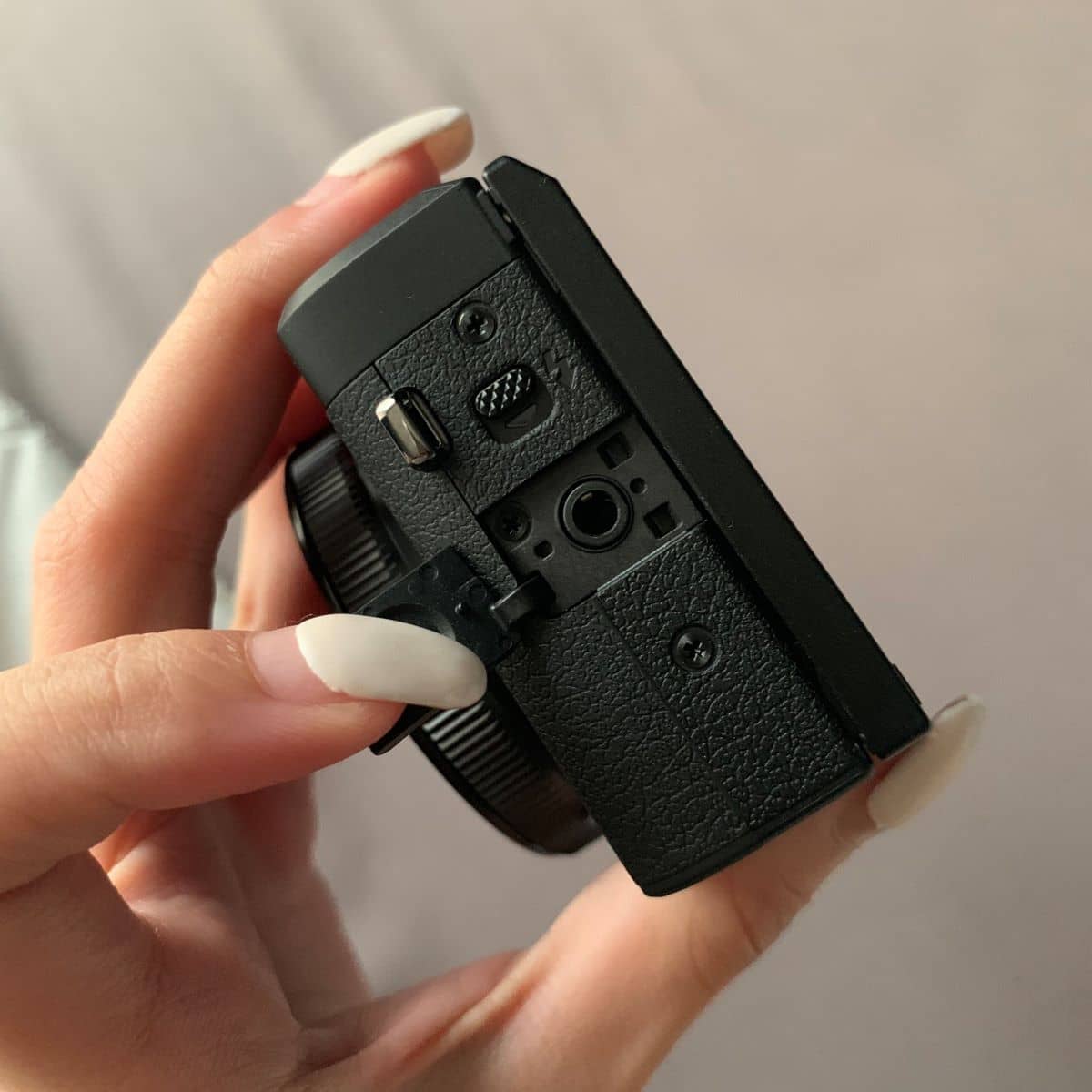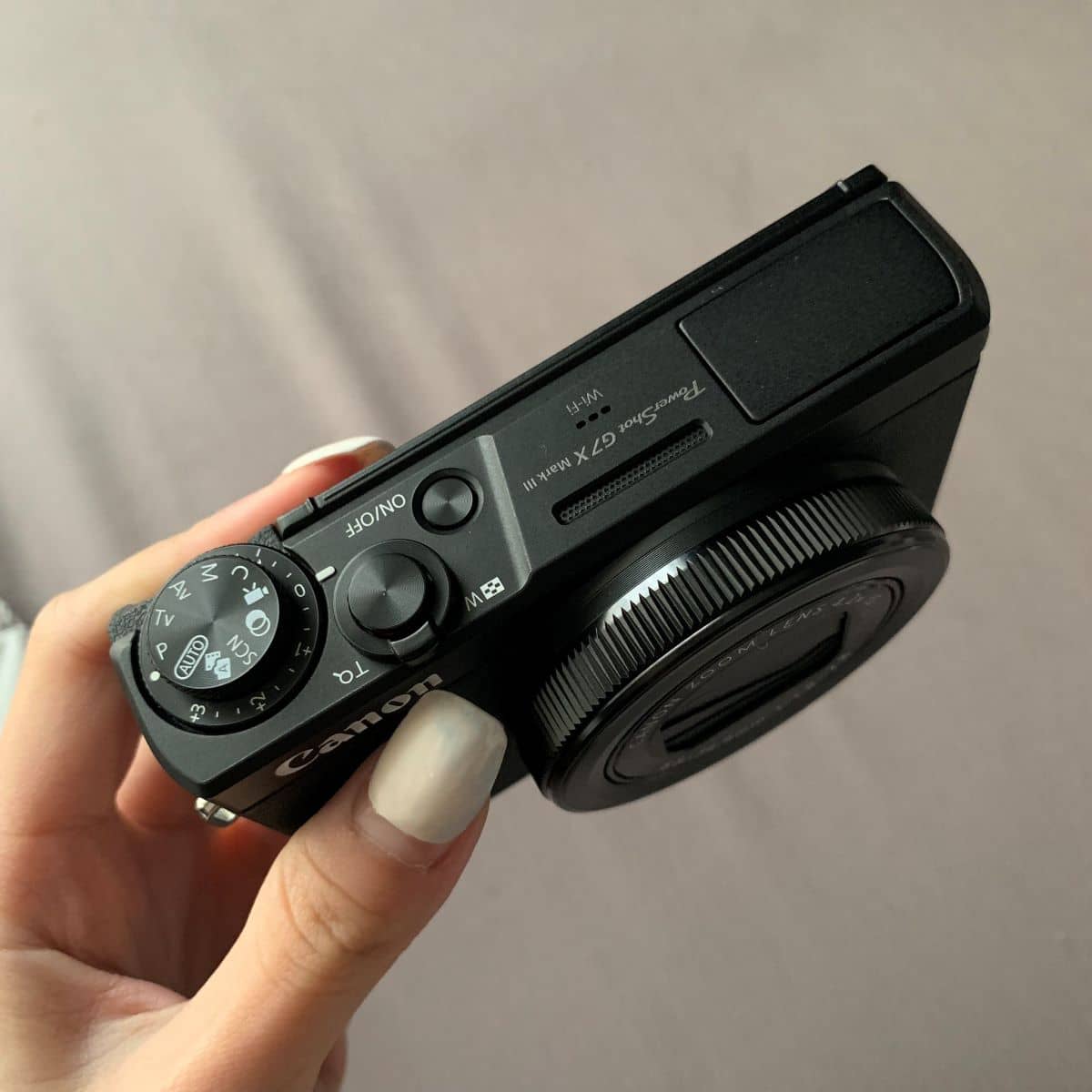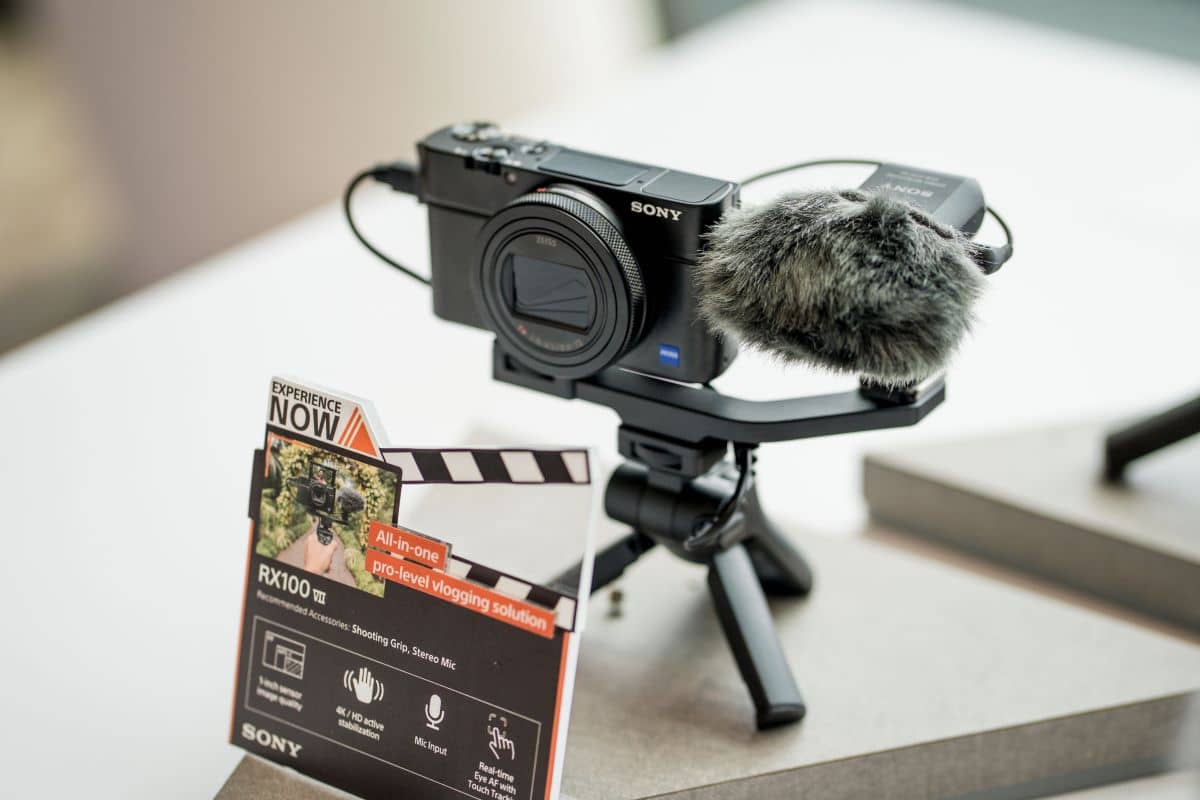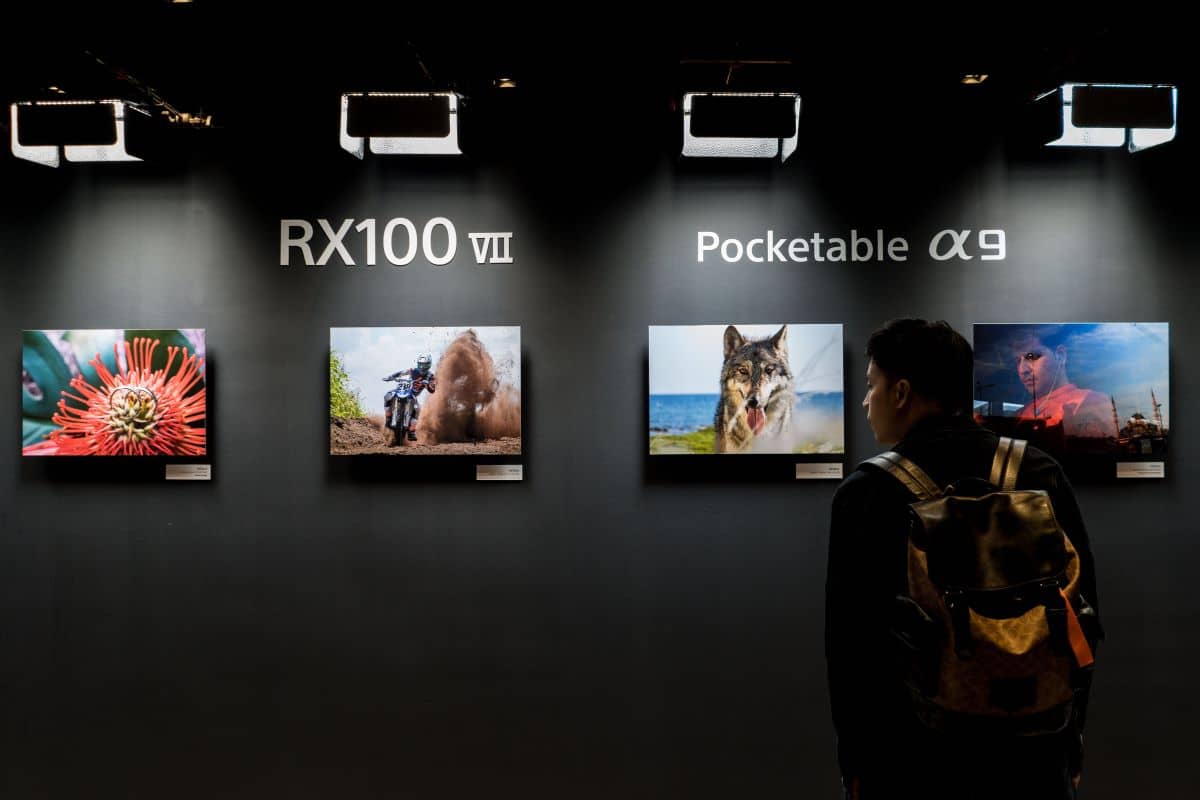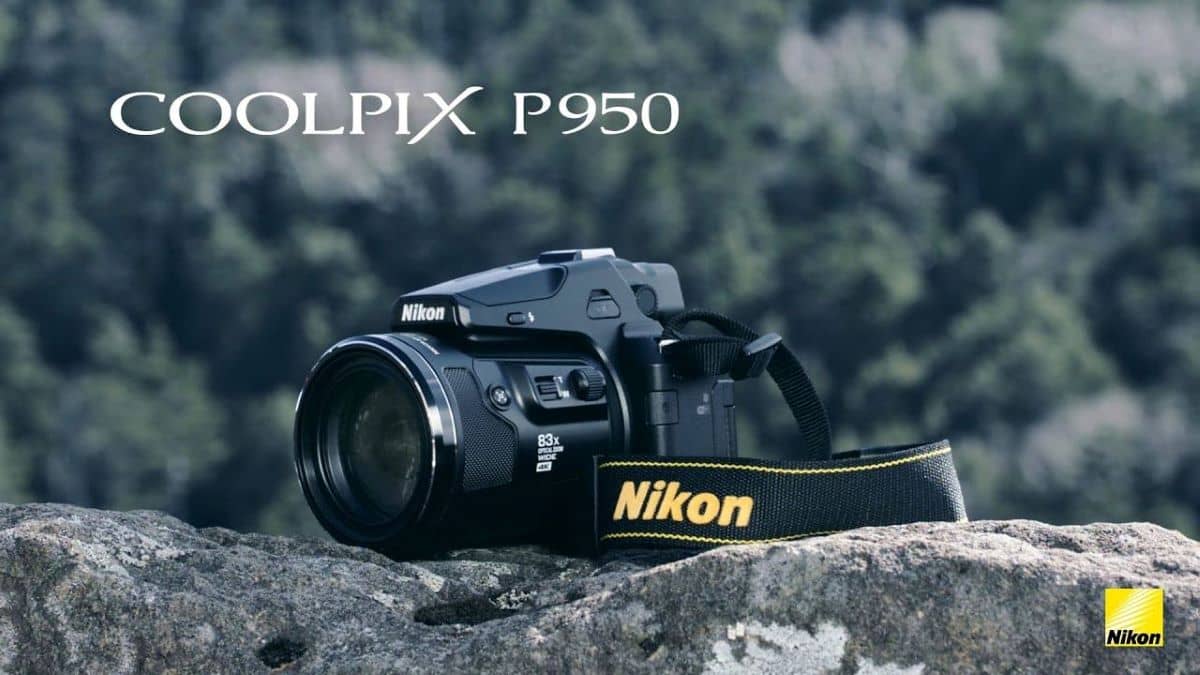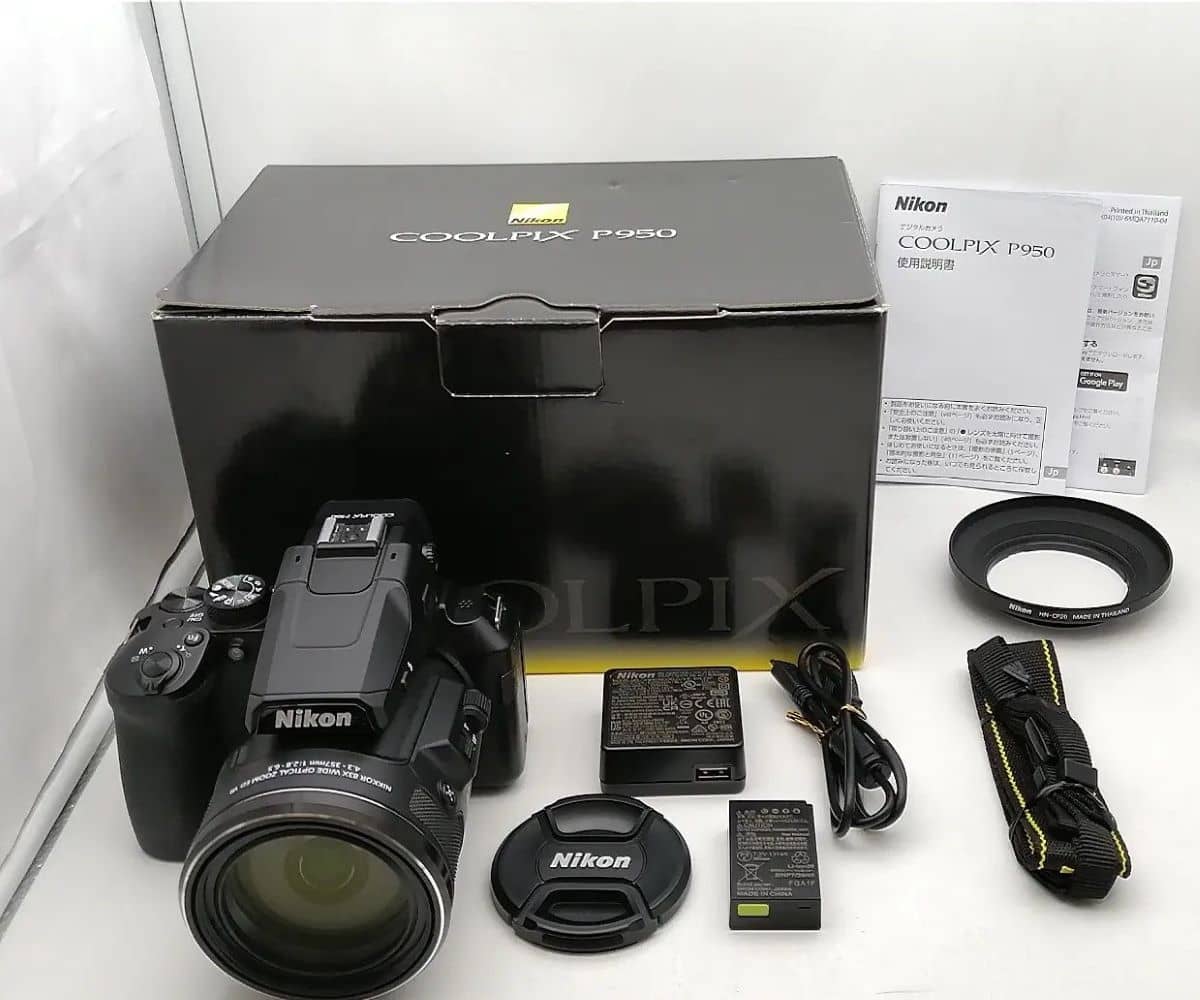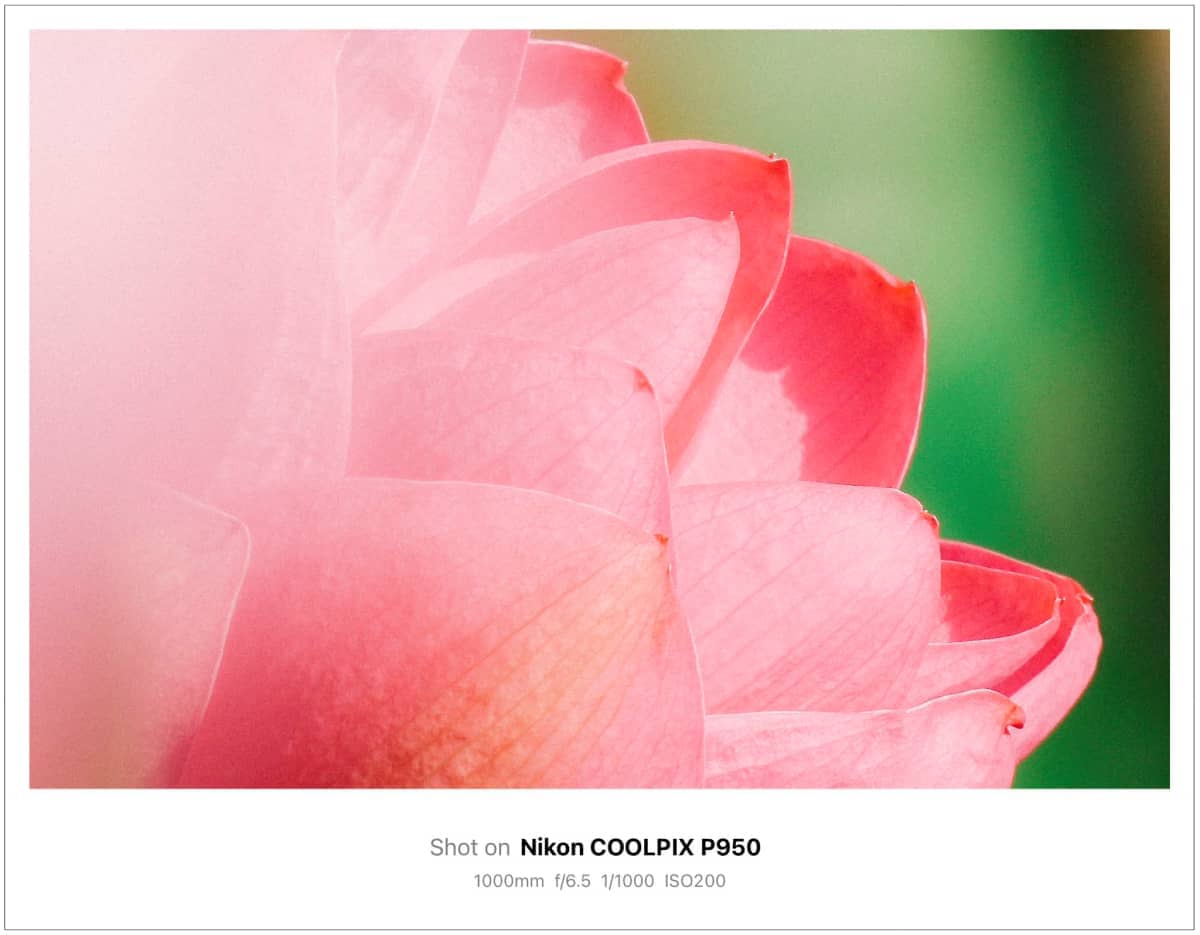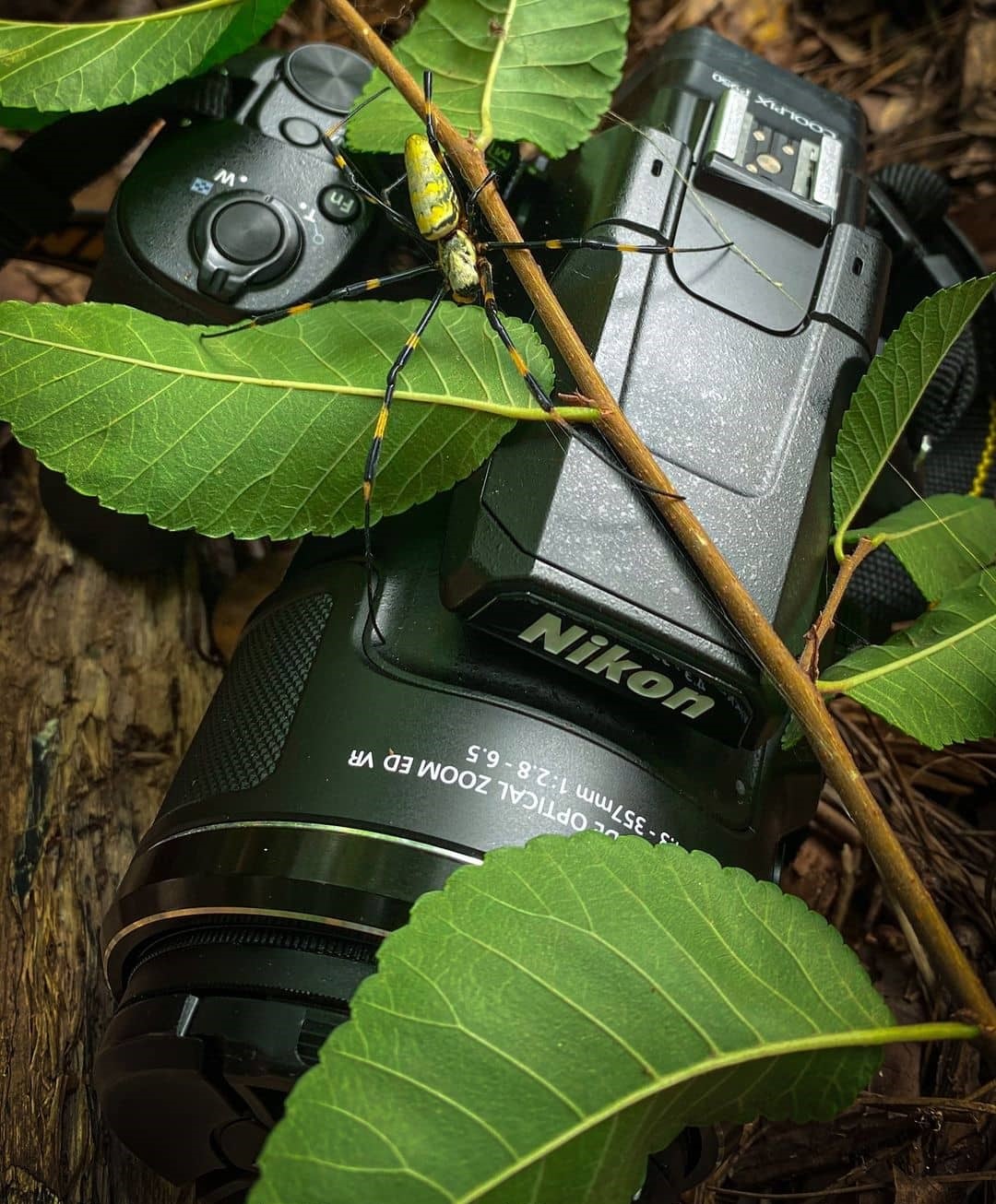You’re looking for a best-in-class point and shoot camera that’s easy to use. It has to be smaller and lighter than a DSLR but still capable of snapping great shots. It also needs to be optically superior to a smartphone, yet just as easy to carry.
Curated just for those who are shopping for this Goldilocks type camera, right in the middle, a classy list of premium point and shoots is incoming. They may not all be affordable or as slim as a credit card, but every one of them will satisfy demanding, on-the-go photographers and hobbyists alike.
At a time when smartphone cameras are eating into territories traditionally held by compact cameras, the following list has a lot to live up to, so let’s get the ball rolling.
Why Point-and-Shoots Still Outshine Smartphones
Modern mobile devices have become highly talented little cameras, among other things. The thumbnail sized camera modules at the top of their slender unibody forms somehow pack in enough technological magic to shoot amazing stills and cinematic 4K video. All the same, they typically lack the optics required to zoom into a crisply focused subject.
The best cameras for point and shoot work, or play, on this list are dedicated devices. Larger sensors and bigger optical assemblies partner with far focusing zoom mechanisms and real control dials. Sure, point and shoots may not make phone calls or texts, nor are they any good for playing Candy Crush on, but they’re not meant to be, not when they’re specifically designed to perform a single role, that of capturing crisp, sharp photos.
We may not have Goldilocks’ talent for tasting porridge, but our staff does have the know-how and experience needed to put cameras through their paces. We’ve therefore gathered a collection of the best point and shoots, and we found some mighty capable models. We sent them out in the trained hands of our review staff, dressed as hobbyists, so that we can bring you a compact that performs as you need it to.
Among our testing set ups, we’ll be wandering the streets at night, looking for outstanding low light performance, and then heading out to a busy street for a little fast-action snapping. Wander down the streets of a small town now as we see what these point and shoots are made of, both physically and performance-wise.
| Product Image | Product Name / Primary Rating / Price | Primary Button |
|---|---|---|
|
||
|
||
|
||
|
||
|
Leica Q3 Premium Compact
After we got over the sticker shock experienced on picking up a premium quality Leica Q3, it was back to business as usual. The 5” magnesium alloy body just feels solid without any give at all. It’s also incredibly tactile and sleek. A soft leather finish brings softened contact to the clean lines and minimalist looks, but the understated design can’t quite conceal the intricate package of electronics and optic engineering beneath that toughened metal and fabric case.
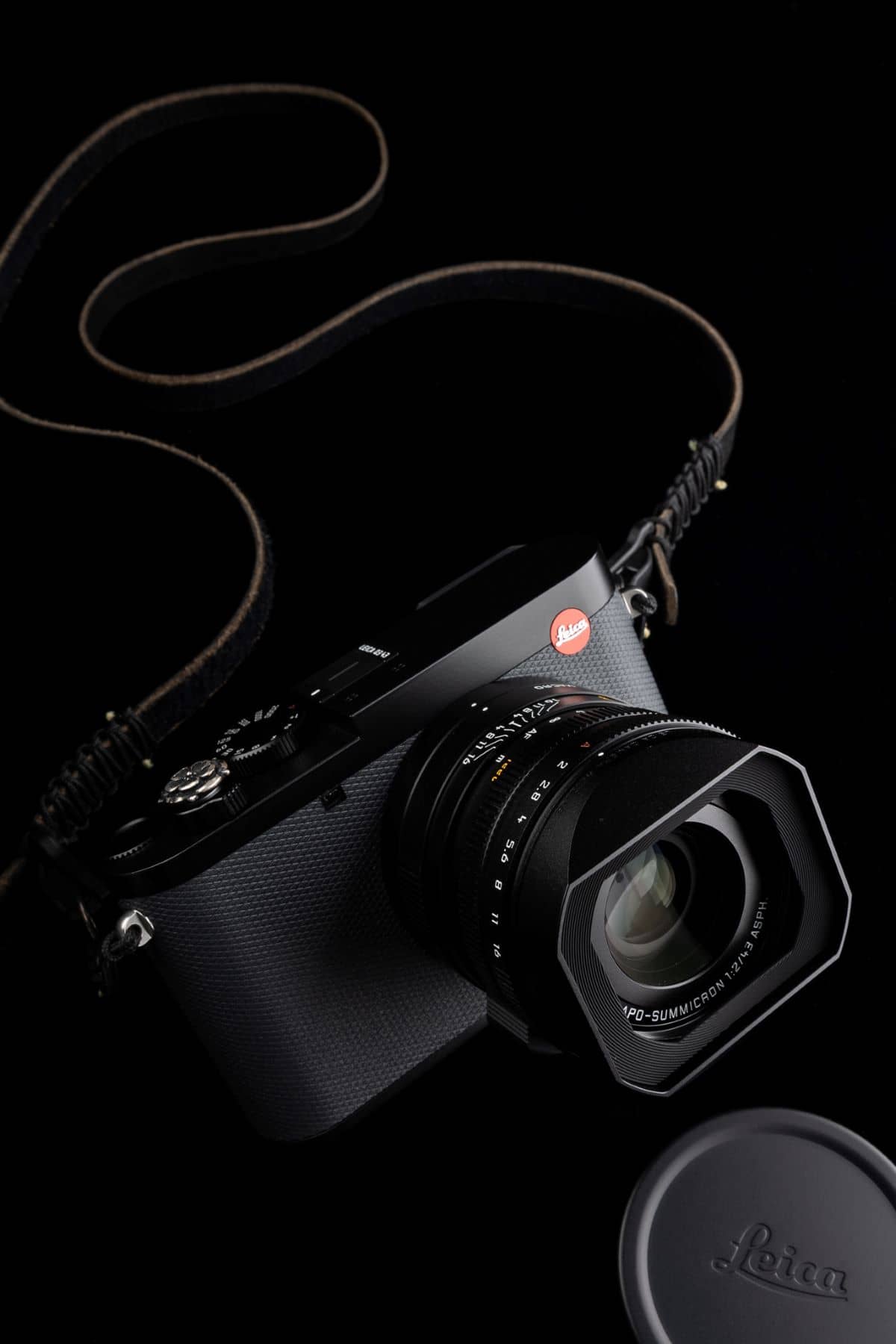

We expected teething problems adjusting to its operation, but nothing could be further from the truth. The camera just works. An easy-tilt 3” monitor provides convenience, ably supported by the 5.6 million dot OLED electronic viewfinder. Starting up in silence in a fraction of a second, a tilt of the rear monitor instantly pulls in the hybrid-focused subject.

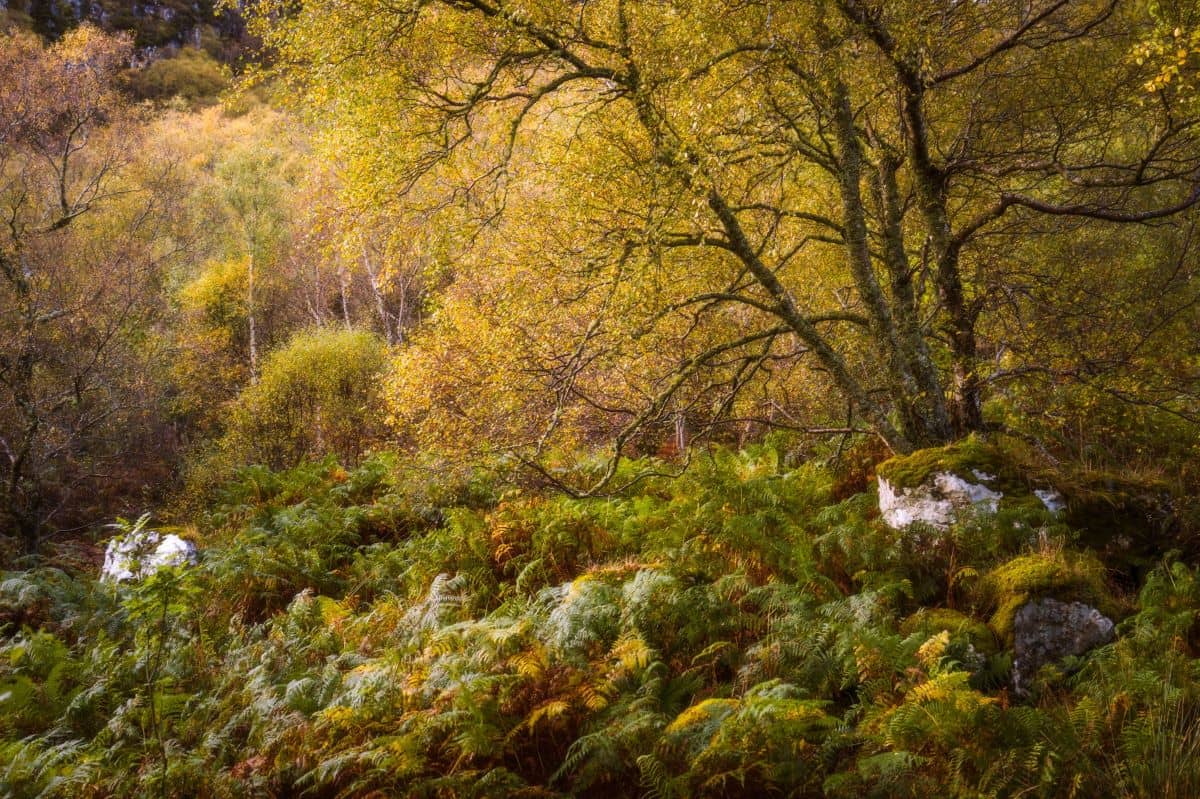
On initiating a light press on the shutter release, the super-wide aperture took care of lighting, and the up-to 1/6000 second dual electronic/ mechanical shutter sent an aberration-free image straight to the full-frame sensor, where it was processed by the super-fast Leica Maestro IV engine.
Minimalist in design, the extra features on this camera are short. There is, however, an 8K video shooting mode, macro capturing, and several focus tracking modes. We thought it more important to talk about the burgeoning accessories products at this juncture. The Leica website includes such handy extras as lens hoods and luxury cases, but it was the thumb supports and grips that really drew our attention.
A major investment, the Leica Q3 isn’t a point and shoot camera for those who enjoy dozens of filters and scene modes; it’s a true photographer’s compact companion. Buy it if you’re in the market for a pocketable pro-grade point and shoot with premium performance features, for this is a low-light shooter descended from a distinguished lineage.

Fujifilm X100V Vintage Compact
The Fujifilm X100V wouldn’t look out of place in a glass case full of retro film cameras. It’s only when we pick it up and begin taking shots on the 26.1 megapixel X-trans CMOS sensor that it reveals its technology-packed pedigree. Of course, the rear 3.0” touchscreen monitor and 3.69 million dot electronic viewfinder were also a dead giveaway.
It’s a compact 5.04” wide body, a touch longer than some of the models reviewed in this guide. For that extra inch or so, you get an 8 element optics assembly, including 2 aspherical, and a built-in flash hot shoe. Various elegantly designed dials and recessed controls are also conveniently placed within easy reach of a finger, delivering solid clicks on the beautifully engineered aluminum chassis.
Externally, the 23mm F2.0 lens provides distortion-free image rendering on the CMOS sensor. It’s an APS-C sized component, so performance is similar to that of a professional mirrorless camera. It’s obviously not full-frame, but the quad-core X processor 4 imaging engine did a fine job of processing details, even when photographs were shot in low light conditions.
An obligatory test session saw the Fujifilm X100V use its 0.5 second startup and hybrid autofocus system on dozens of fast-moving subjects. Performance was extremely satisfying, thanks in part to the newly refined focusing algorithms, which secured locks in scenes with -5.0 EV low light. Our tester couldn’t be sure, but he felt that he could’ve gotten a sharp AF lock on a black cat in the dark. A nice piece of hyperbole, and not at all impossible, we felt.
Fujifilm designed features that’ll attract potential point and shoot fans include several HDR modes, film grain settings, face and eye detection intelligent AF, color chrome blue, and the seemingly mandatory 4K 30p video recording mode, enhanced by several creative film filters. An innovative focus limiter function is also incorporated as a central feature, as indicated by the pride of placement addition on the Fujifilm website.
Finally, for those who enjoy wireless functionality, secure Wi-Fi image transmissions are included as standard, plus the convenience of Bluetooth 4.2. For those who disdain wireless standards, a USB-C port is tidily concealed behind a flap on the right side of the camera.
Standout features underscored by our staffer were the 1/4000 shutter speed and that stylish vintage aesthetic, plus a light sensitivity (ISO) that ranged widely between ISO 80 and 51200.
Canon PowerShot G7 X Mark III Compact
There’s no interchangeable lens on the Canon Powershot G7 X Mark III, as is the case with all of these point and shoots, but the designers of this travel-friendly camera have successfully incorporated a lens that hits the composition framing sweet spot. At a focal range of 24-100mm, we could imagine wandering the bustling streets of Barcelona, perhaps in and around the Plaça de la Sagrada Família, with the f/1.8-2.8 low light lens performing exquisitely at dusk.
Other features that set this point and shoot and its attractive 4.13” long black body apart are its tilting 3.0” LCD screen, equipped with biaxial articulation, plus the cleverly recessed pop-up flash mechanism, with a range of up to 14 ft of light coverage. But it’s the guts of the Powershot G7 that really had our review team panting with anticipation.

ISO 2000 | 24 mm | 0.3 ev | f2.8 | 1/500 s
A 1.0” stacked CMOS sensor occupies a significant portion of the camera innards. It’s a 20.1 megapixel image rendering device backed by the power of Canon’s image processing engine, DIGIC 8. While not quite on par with the image quality rendered by a DSLR, the 4.2x optical zoom crisply focuses images on to a sensor that’s far larger than any used on a smartphone. The result is consistently sharp processed photographs, every one of them filled with detail and color depth.
Ready to shoot 0.5 seconds after startup, armed with 1/2000th second shutter speed and a right-hand mounted physical command dial that offers plenty of manual and auto shooting modes, the Powershot G7 is clearly a photographer’s camera, but it’s also a social media influencer’s best friend, too.
Wi-Fi connectivity and Bluetooth pairing are natively supported, meaning live streaming capabilities are onboard and ready to go. And, should that live streaming event fully occupy the attention of that influencer, there are several shooting modes to support the broadcast, including handheld night scene, water painting effect, and soft focus.
A capable RAW image point and shoot camera, the Canon Powershot G7 X Mk III also delivers full 4K uncropped video at 30p, and its lens features built-in image stabilization, for those shaky video shoots that need smooth tracking.
Sony Cyber-shot RX100 VII Compact
One of our lead reviewers took the Sony Cyber-shot RX100 VII out for a spin at night, then again during a cloudy day. As small as its pocketable 4” body is, it’s a camera with a big reputation. It sits in-hand, fitting the palm of a slender woman, and radiates ergonomic style from its streamlined black body. Wrapped in that little frame, there’s a 1.0” EXMOR RS CMOS sensor capturing pixel-perfect light as crisp, low noise 20.1 megapixel photographs.
Currently on version 7, the RX100 sports Zeiss glass in the form of a 24-200mm 8x zoom lens. Low light performance is assured by an aperture range of f/2.8-4.5, which is ably supported, although not well promoted, by optical stabilization. Electronically, the zoom can be digitally augmented (32x) while electronic stabilization further increases rock-steady still image capturing and video tracking. All of these features are neatly tied together by the BIONZ X image processing engine.
It’s hard to believe all of these features can fit inside this tiny Sony compact, and we’re not finished yet. The top of the camera showcases a recessed command dial, complete with auto mode, aperture and shutter priority, and a movie shooting setting. A retractable OLED viewfinder is also up top, with a pop-up flash its neighbor. All of these parts, including the 8x optical zoom lens, stow away silently and smoothly for storage in your pocket.
Still on their day out on dusky avenues, our review member switched from the 2.35 million dot viewfinder to the rear monitor. It articulates smoothly, offering responsive touchscreen performance. Hang back here to set the different filters and shooting modes. Sepia, macro mode, night shooting, portrait, B&W, burst modes, toy camera, pop color, sports action, the list of creative shooting modes goes on and on. That’s not to say the camera lacks professional features, though.
Featuring a lightning-fast hybrid autofocus, both contrast and phase-detection, the AF system can acquire a lock in 0.02 seconds. That’s not bad for such a tiny camera. Those sharply rendered images reject noise and artifacts. Even if the shots are captured at the high end of the ISO 100 to 12800 light sensitivity range, the BOINZ imaging engine removes noise without loss of detail.
As expected, there’s the now industry-standard 4K HDR video shooting at 30p. As for laser-sharp stills, they’re stored in RAW format, ready for wireless transmission via the integrated WiFi or Bluetooth standards.


Nikon Coolpix P950 Telephoto Zoom
This was a harder device to add to our best camera for point and shoot buying list. For one thing, it’s not a compact camera, but it is listed on the Nikon website as part of their point and shoot collection. Deciding to accept their judgment, the Nikon Coolpix P950 has made it onto this list, just.

One of our intern staffers took the telephoto features of the camera for a spin. The P950 features 83x optical zoom, which is the equivalent of a 24-2000mm super telephoto focal length. Granted, that’s a stunning level of telescopic composition pull, so even the tiniest subject can be made to fill the frame, but it’s not exactly a pocket-friendly chassis, not even when the lens is fully retracted.
We accepted this fact at face value, deciding to showcase the Nikon P950 as the largest member of our point and shoot collection. The larger body did leave more room for controls, and Nikon designers were quick to take advantage of the extra real estate. A larger than average 3.2” vari-angle screen fills a good deal of the rear, but its 921K dot display isn’t touch sensitive, which is a little surprising in this modern world of touchscreen smartphones.
Up above this frame composing monitor, a 2.35 million dot electronic viewfinder feels comfortable to the eye as it locks image exposure data, ready for a light press on the shutter release. Continuing with a rundown on the gear inside the Nikon Coolpix P950, a 16 megapixel sensor is responsible for shooting image data. As with all compacts, however, this sensor isn’t as large as the ones found in mirrorless and DSLR cameras, so this is a device with compact imaging performance. For those of you who are interested, the low-light CMOS sensor is 1/2.3″ in size.
Features of note include Nikon’s own VR optical image stabilization system, Nikkor optics, and a 4K UHD 30p film shooting capability. A mechanical shutter is one of the more surprising specs, as many point and shoots use electronic shutters, so a snappy 1/2000 shutter speed is easily achievable. A built-in TTL flash is also on hand to brighten up scenes, should the shutter speed and f/2.8-6.5 aperture compromise composition lighting.





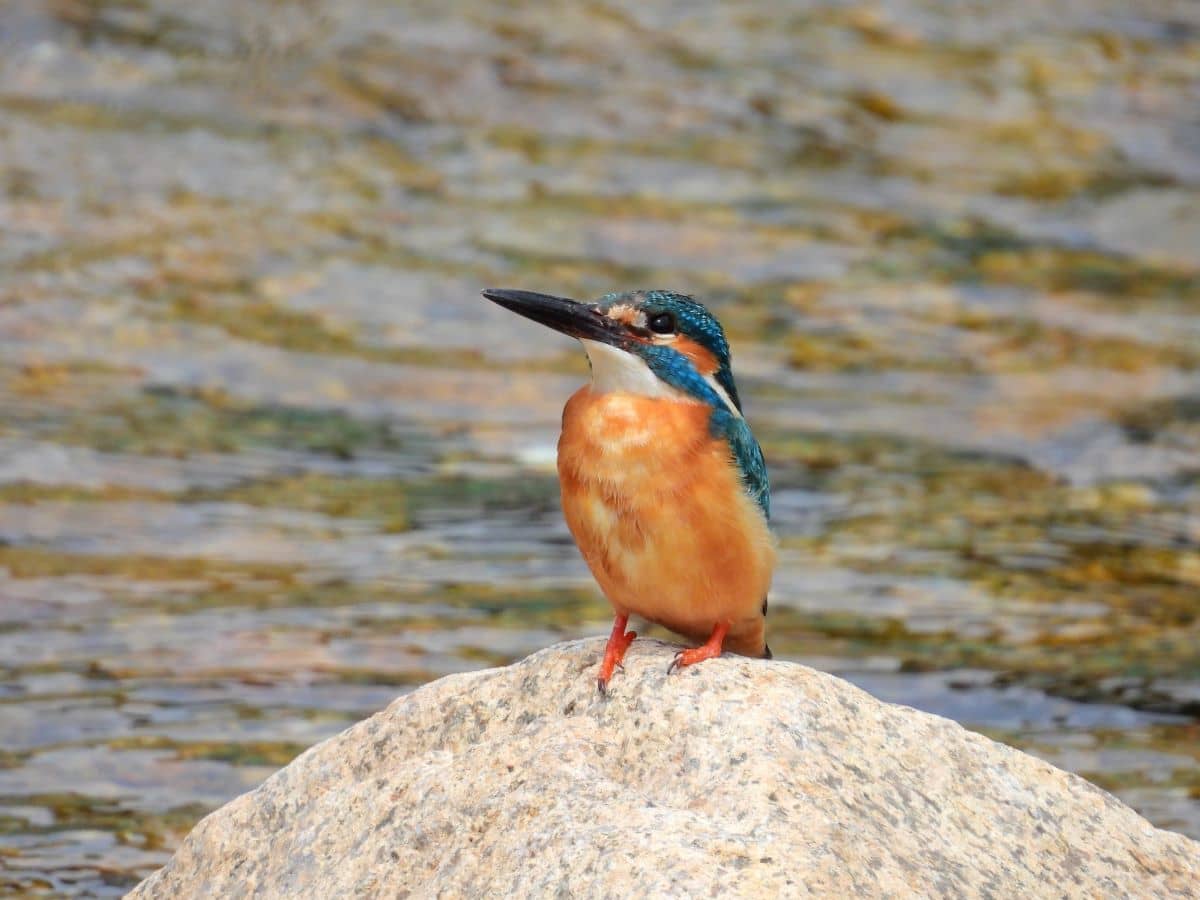


Apart from a brief mention of the non-hybrid contrast detection autofocus, numerous scene modes were related by our staffer. He tested the bird watching, close-up, movie manual, night landscape, and portrait modes. A particular focus was placed on night shooting, then there was a switch to a local marketplace, where he tried out some fast-paced shoots with action scene modes.
All-in-all, the camera is a powerful telephoto option for those who enjoy pulling in distant subjects, plus it has decent low-light photography capabilities. If it lacks anything at all, it would be a touchscreen and a camera bag to support its heft while you carry it around.
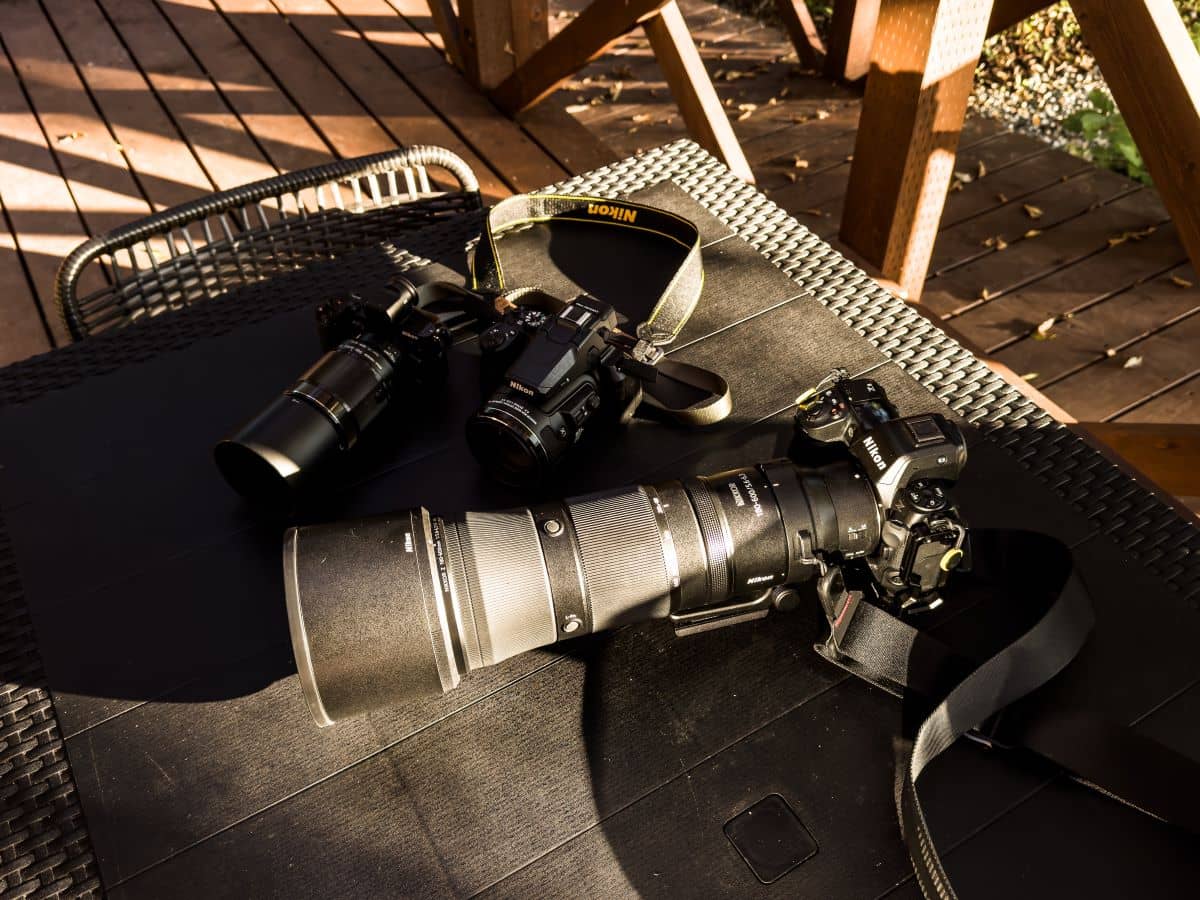
Nikon Coolpix P950
Nikon 1 V3 + 1 NIKKOR VR 70-300mm f/4.5-5.6
Find Your Ideal Compact Photography Partner
We’d all like to have the wherewithal to purchase a Leica Q3 and call it a day. Back in the real world, budgets exist and buyers have to do little things like pay the rent before they can even consider buying a German-designed compact that shouts best camera for point and shoot usage. Besides, even with top lens optics, the 28mm could feel limiting. That’s why this list has deliberately sidestepped certain roles.
The reviews here don’t showcase general-purpose cameras, don’t stick to devices that fill a single role. Rather, our staffers have used their wits to pick a number of multipurpose point and shoot cameras. There’s the Nikon Coolpix P950, which isn’t exactly made for small pockets, but it makes up for this shortcoming by delivering massive subject magnification at great distances.
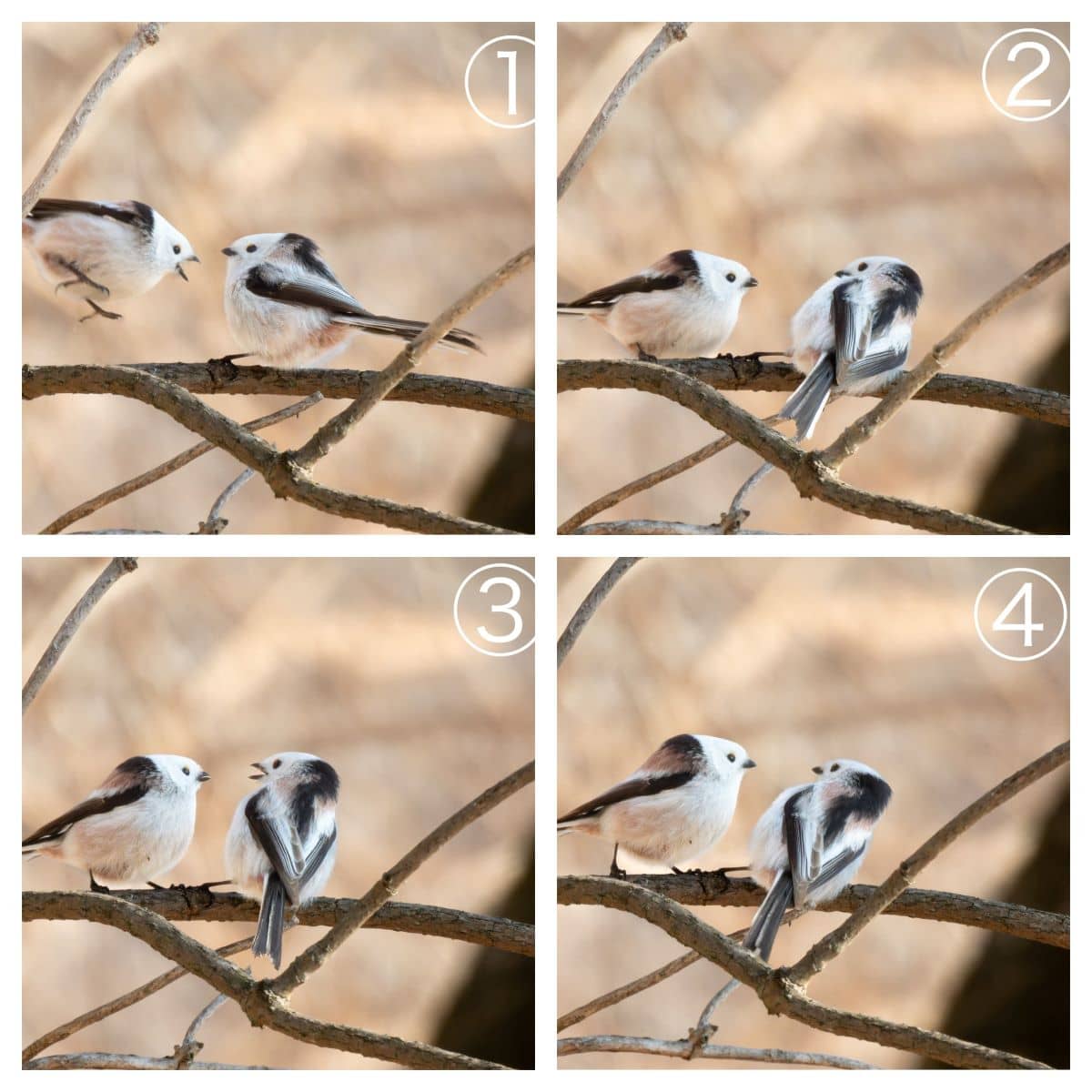
Low light performance is ruled by the Leica Q3, but it’s exorbitantly expensive, so the 1” inch sensor inside the Sony Cyber-Shot RX100 VII makes an affordable alternative. For retro good looks, you could do a lot worse than the Fujifilm X100V, which still sings out with excellent poor light image rendering thanks to an F/2.0 aperture and an APS-C sensor.

In the final analysis, the decision is yours. You may already own a mirrorless or DSLR, so you want the device as a second camera for zoom compositions or quick portrait shoots. If the camera is going to be your prime shooting machine, though, weigh important features like lens quality and sensor size. Big as some compact cameras are on the outside, they often use tiny sensors. And that’s no good for sharp pictures with superior color depth, or for good 4K video footage capturing.
It’s only after resolving important issues like these that fun scene modes and filters should be evaluated. Most of these are going to be gimmicks, but some are handy, including artsy film grain filters and night photography modes. They instantly lock in aperture and shutter settings, plus the associated autofocus modes and ISO.

The best camera for point and shoot use, it’s a tricky topic, but we suggest sticking to your guns. Don’t be fooled by big bodies and small sensors. Don’t let hard sales routines push you towards fun scene settings and filter; buy based on image quality and optics, using those extra modes as diverting features only.


